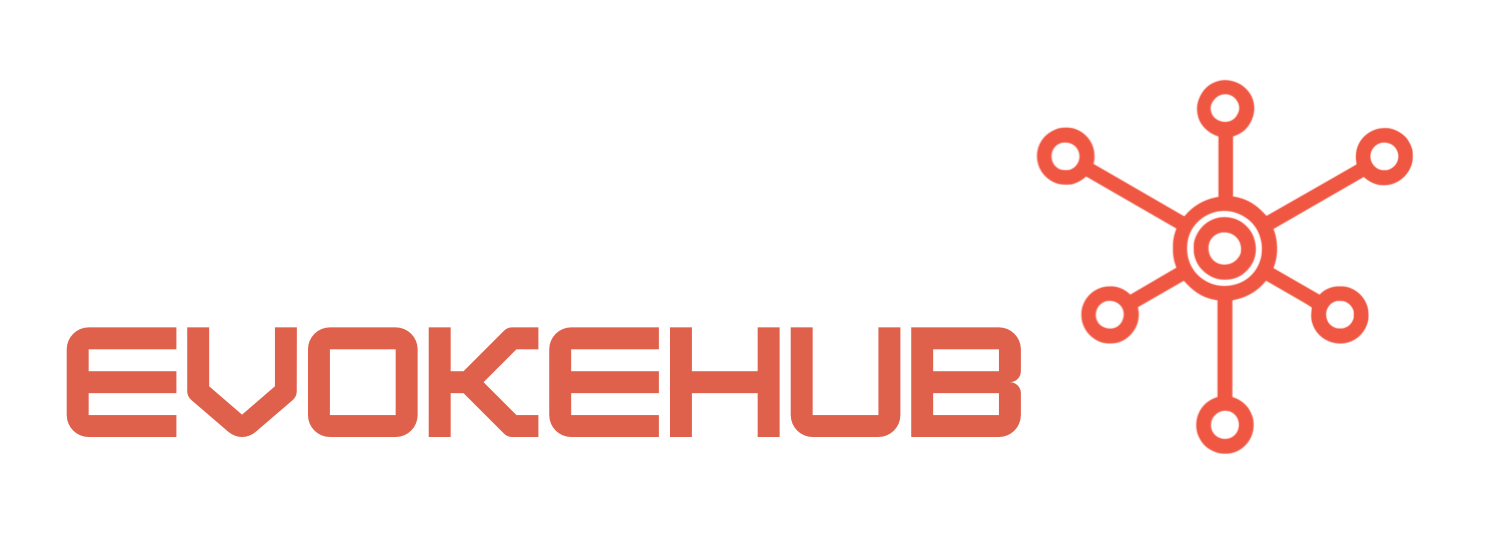Assessing the Balance Between Cost and Quality in IT Support
When evaluating outsourced IT support, businesses must first consider the trade-off between cost and quality. On one hand, lower costs may attract organizations looking to reduce expenses; however, this could lead to compromises in service quality. It’s essential for companies to establish clear criteria for the level of support required, and to differentiate between necessary services and optional add-ons. This clarity will help in identifying which providers can deliver the required quality within a feasible budget.
Quality in IT support is multi-faceted and includes factors such as response time, expertise, and the availability of tailored solutions. A provider may offer low fees, but if their response times are slow or their technical skills are lacking, the long-term costs can outweigh the initial savings. Organizations should seek providers that offer transparent pricing models and demonstrate a commitment to service excellence. Reviews, case studies, and client testimonials can serve as valuable resources in evaluating potential partners.
Ultimately, businesses must recognize that cost-effectiveness should not come at the expense of quality. Investing a little more in a reputable IT support provider can lead to improved operational efficiency, reduced downtime, and better overall service. Companies that take the time to evaluate potential outsourcing partners can find a balance that meets their financial and operational needs, paving the way for long-term success.
Key Factors Influencing Outsourced IT Services in Thailand
Several factors influence the quality and cost of outsourced IT services in Thailand, with the country’s rapidly developing tech ecosystem at the forefront. As Thailand’s digital economy continues to grow, so does the pool of qualified IT professionals. Companies can benefit from accessing a diverse range of expertise, from cloud computing to cybersecurity. Understanding the local market conditions and the talent pool can help businesses make more informed outsourcing decisions.
Another critical factor is the cultural and linguistic compatibility between the outsourcing provider and the client. Thailand’s strong emphasis on customer service and relationship-building can enhance collaboration, but language barriers may hinder communication. Organizations must assess the capabilities of potential partners in terms of language proficiency and cultural understanding. Effective communication is essential for ensuring that IT support meets the specific needs of the business.
Lastly, regulatory and compliance considerations play a significant role in selecting an outsourced IT provider in Thailand. Businesses must ensure that their chosen provider complies with local and international standards, particularly regarding data protection and privacy. The Thai Personal Data Protection Act (PDPA) is an important regulation that organizations need to be aware of. A provider that understands and adheres to these regulations can help mitigate risks and foster a secure environment for data management.
In conclusion, evaluating outsourced IT support in Thailand requires a nuanced understanding of the balance between cost and quality. By considering key factors such as expertise, communication, and regulatory compliance, businesses can make informed decisions that align with their strategic objectives. Investing time and resources into selecting the right IT support partner can lead to significant operational benefits, ensuring that companies not only save costs but also enhance their overall service quality. As the Thai IT landscape continues to evolve, organizations must remain vigilant and proactive in their outsourcing strategies to harness the full potential of this promising market.




